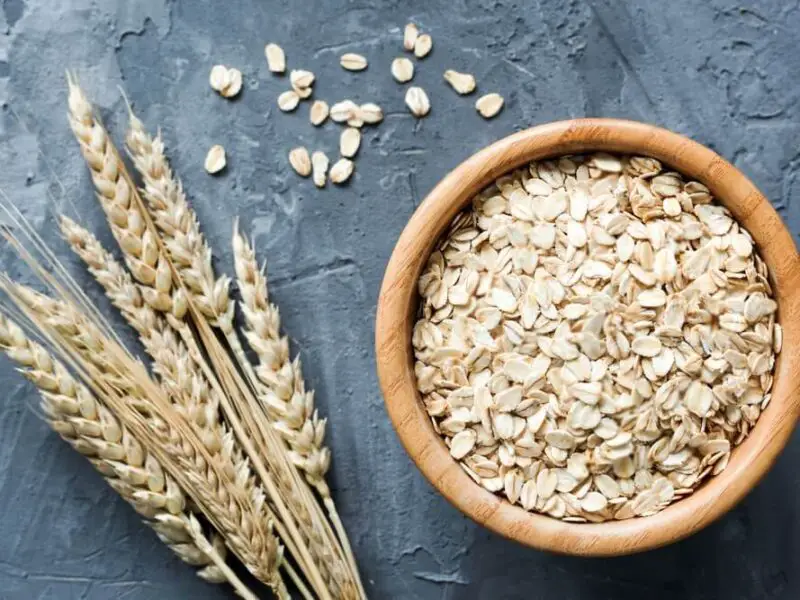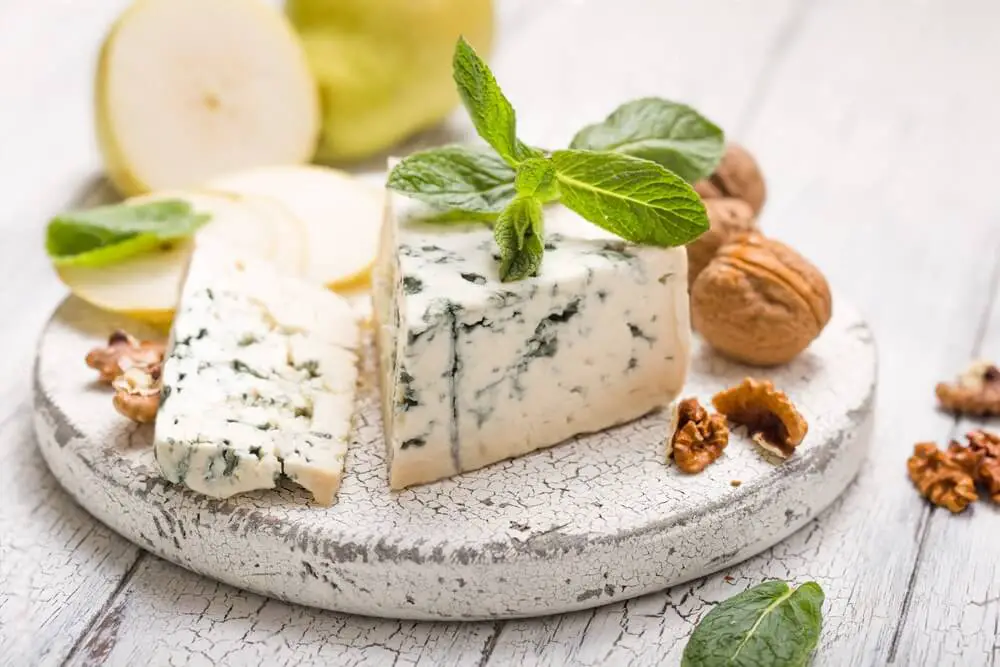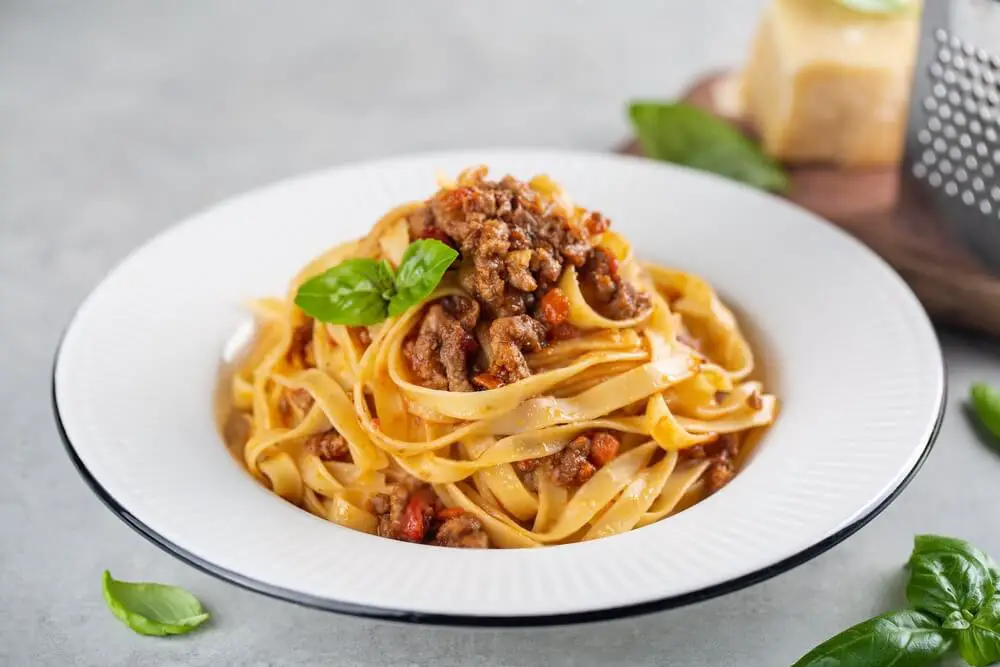Have you ever stared at a bowl of oatmeal and thought, “What exactly am I eating here?” If you’re like most people, you’ve probably had oats in some form or another, but describing their flavor can be surprisingly tricky. Are oats nutty? Earthy? Sweet? Or maybe a little bit of everything?
The humble oat is a cereal grain that has been a dietary staple for centuries, but its taste remains somewhat of an enigma. You know oats are healthy and filling, but what do oats taste like? Is that distinctive oat flavor something you love or loathe?
Don’t worry, by the end of this article, you’ll have a much better understanding of the unique and nuanced flavors of oats. We’ll explore how preparation methods like rolled vs. steel-cut can impact taste, share some crazy flavor combos you may have never considered, and look at why oats might taste drastically different to you than to someone else.
So lace up your taste buds and get ready to dive into the wonderfully weird world of oat flavors! Whether you’re a lifelong oatmeal fan or have avoided that mushy beige breakfast dish like the plague, this guide will give you a whole new appreciation for those little grain kernels.
What Do Oats Taste Like?
At their core, plain oats have a distinctly nutty, earthy, grain-like flavor. That toasty, slightly bitter nuttiness is arguably the most pronounced and defining taste you’ll find in any bowl of unadulterated oatmeal.
But there’s more complexity to the oat than you might think. Along with those nutty notes, you’ll likely detect an ever-so-slight natural sweetness. It’s not a sugary sweetness by any means, but a more subtle, toasty sweetness reminiscent of caramelized sugar or honey. This underlying sweetness helps balance out the nuttier, more savory flavors.
The earthiness and grain-like taste of oats is quite unique compared to other cereal grains like wheat or rice. Oats almost have an inherent “oaty” taste that’s difficult to fully describe but instantly recognizable. It’s a warm, comforting, whole grain flavor that conjures up images of golden fields and pastoral farms.
What makes this grain taste even more distinctive is the combination of all those different flavor notes together – nuttiness, earthiness, and sweetness all playing in harmony. The balance and intensity of those notes can vary slightly between different oat varieties and batches depending on factors like growing conditions.
Interestingly, the flavors of plain oats can taste quite different to different people based on individual sensory perception. Some may find the nuttiness to be much more pronounced, while others zero in more on the sweetness. Our individual taste buds, sense memories, and preferences can drastically impact how we experience the same basic oat flavor.
How Cooking Methods Affect the Taste
While plain oats have an intrinsic nuttiness and earthiness at their core, the way you prepare them can dramatically alter and amplify certain flavor notes. Three of the most common preparations are rolled/old-fashioned oats, steel-cut oats, and instant oats – and each brings its own unique taste to the table.
Rolled or Old-Fashioned Oats
This classic oatmeal variety is made by steaming whole oat grains to make them pliable, then rolling them into flat flakes. The rolling process helps create a softer, moister texture when cooked. Flavor-wise, the taste leans heavily into those signature nutty notes. As the oats are steamed, it unlocks and enhances the roasted, toasted nuttiness. You’ll likely detect hints of walnut, pecan, and even a touch of roasted hazelnut or almond in the aroma and flavor. The sweetness is also more pronounced compared to steel-cut. Overall, rolled oats deliver a comfortingly warm, soft, and roundly nutty taste.
Steel-Cut Oats
Rather than being rolled, these oats are made by chopping whole oat groats into chunky pieces using a steel blade. This helps the oats retain a chewier, heartier texture with more discernible grain-like consistency. In terms of taste, steel-cut oats have a bold, toastier, almost smoky flavor profile. You’ll immediately notice an intense nuttiness up front, but with more depth – like roasted nuts fresh from the oven. The cereal notes are also amplified into an almost savory, “oaty” taste. There are fewer prominent sweet notes compared to rolled oats. Steel-cut touts a rustic, robust, full-bodied oat flavor that packs a punch.
Instant Oats
As the name implies, these are the quickest-cooking oats made by partially pre-cooking the rolled oats. This reduces their inherent flavors and aroma somewhat. While instant oats still have a baseline nuttiness and cereal grain taste, it’s more muted and simplified compared to their rolled and steel-cut counterparts. You’ll likely find the flavor relatively plain and one-note without as much of the rich, roasty complexity. This makes instant oats a good blank canvas for adding lots of extra flavors, but not ideal if you want to highlight the pure oat taste.
Flavor Variations
Even within the main categories of rolled, steel-cut, and instant oats, there can be notable flavor differences depending on specific varieties and production methods used. Here are some of the key factors that impact oat flavor variations:
Steel-Cut vs. Rolled vs. Instant
As explored in the previous section, the processing method alone (steel-cutting, rolling, or partial pre-cooking) has a major influence on taste and texture. Steel-cut oats retain the most intense, nutty, toasted flavor while rolled oats are softer and slightly sweeter. Instant oats deliver a more muted oat essence.
Toasted vs. Raw
Many oat varieties go through a toasting process that enhances their nuttiness and gives the grains a deeper, richer, almost caramelized taste. Non-toasted or raw oats tend to have a plainer, more subdued grain-like flavor. Toasting amplifies and concentrates those comforting roasted notes.
Sweet vs. Savory Preparations
While plain oats have a nuanced balance of nutty, sweet, and earthy notes, the way you prepare and dress them can push their flavor in either a sweeter or more savory direction. Add milk, brown sugar, and dried fruit and you’ll highlight the natural sweetness. But cook them with broth, cheese, and savory mix-ins and the oats take on an almost risotto-like quality with nuttier, more grain-forward flavors at the forefront.
In addition, the type of oats used (whole vs. ground), growing conditions and terroir, freshness, and brand can all create subtle but noticeable differences in taste between bags and batches. Like wine, olive oil, or coffee, oats have an incredible amount of flavor complexity that makes evaluating and distinguishing them an art form unto itself for serious oat connoisseurs.
Pairing Oats with Other Flavors
While oats certainly have enough nuanced flavor to shine on their own, they also make an excellent base for exploring a wide range of sweet and savory flavor combinations. With their slightly sweet, nutty, and earthy notes, oats pair exceptionally well with many fruits, nuts, spices, and mix-ins.
Fresh & Dried Fruits
The natural sweetness in oats harmonizes beautifully with fresh berries like blueberries, raspberries, strawberries and blackberries. Stone fruits like peaches, apricots and cherries also make stellar sweet-tart companions. For dried fruit mix-ins, opt for chewy favorites like raisins, dates, cranberries or diced apple to contrast the toothsome oat texture. The fruits’ bright, fruity notes balance the rich earthiness of the oats.
Nuts & Seeds
Nothing complements the innate nuttiness of oats quite like actual nuts and seeds. Sprinkle on some toasted almonds, walnuts, pecans or hazelnuts for a double dose of crunchy, buttery nuttiness. Flax, chia, hemp and pumpkin seeds can also add toasty, robust notes along with nutritious healthy fats and protein. Nut butters like peanut, almond or cashew also make insanely creamy, indulgent oatmeal stir-ins.
Spices & Extracts
A sprinkle of warming spices can awaken a whole new dimension of flavor in oats. Cinnamon is a classic pairing, adding notes of spicy sweetness that makes oatmeal taste like a freshly baked oatmeal cookie. But don’t sleep on spices like nutmeg, ginger, cardamom or cloves either. Vanilla and almond extracts can also enhance and accentuate oats’ intrinsic nuttiness.
Savory Mix-Ins
While often pigeonholed as a sweet breakfast food, oats are immensely versatile and can absolutely work in savory dishes too. Mix in shredded cheese, sauteed veggies, eggs, avocado or even cooked meats for a heartier, more grain-forward meal with complex umami notes. Herbs, spices and aromatics like garlic can further transform the flavor profile.
FAQs
Do all oats taste the same?
No, there can be notable differences in flavor between varieties like rolled, steel-cut and instant oats. Processing methods like toasting, as well as factors like terroir and freshness, impact an oat’s specific flavor profile.
Which type of oats has the most pronounced nutty flavor?
Steel-cut oats tend to have the most intense, nutty, toasted taste compared to other oat varieties due to their minimal processing. The chopping method helps retain more of the robust, grain-forward flavors.
Are oats supposed to taste sweet?
Plain oats do have an underlying, subtle sweetness amid their more prominent nutty and earthy notes. However, this natural sweetness is very mild compared to sugary flavors. Adding mix-ins like fruit, sweeteners, or flavorings can enhance sweetness.
What do instant oats taste like? Are they flavorless?
Instant oats have a more muted, plain cereal taste compared to steel-cut or old-fashioned oats because they are partially pre-cooked. They still have a light nutty, earthy flavor foundation, but the processing reduces some of the richer, roasted notes.
Do different oat brands taste different?
Yes, oat flavors can vary somewhat between brands based on specifics like variety, growing conditions, age, and potential flavorings/additives used. This is similar to how olive oils or wines develop unique flavor profiles.
How can I make oats taste better?
Experiment with different cooking styles like toasting the oats first. You can also try adding mix-ins like spices, nuts, nut butters, dried fruit, brown sugar, or savory ingredients to elevate and complement the base oat flavor.
Conclusion
The humble oat is a grain that packs far more flavor than its simple, unassuming appearance would suggest. What starts as a nuanced baseline of nutty, earthy, and subtly sweet notes can transform into an incredibly diverse and versatile range of flavors.
From the bold, toasted punch of steel-cut oats to the creamy, almost buttery taste of rolled oats simmered in milk, this ancient cereal has an outstanding ability to carry both sweet and savory flavor profiles. It can just as easily anchor a comforting morning bowl of berries and brown sugar as it can serve as the base for a rich, risotto-style savory oat dish.
The flavors are also highly adaptable, allowing oats to harmonize beautifully with an array of complementary ingredients and mix-ins. Fruits, nuts, spices, dairy, vegetables – you name it, oats can embrace and enhance those flavors while still maintaining their signature cereal grain essence.
So the next time you sit down to a warm, steaming bowl of oatmeal, take a moment to appreciate the remarkable depth of aroma and taste contained in those humble oat groats. From nutty to sweet, toasty to earthy, they run the full flavor gamut in the most comforting and uniquely “oaty” way possible.
Don’t be afraid to experiment with different oat varieties and preparations to discover your ideal oat flavor. Or get adventurous and blend oats into both sweet and savory dishes to truly unlock their full versatility. However you enjoy their taste, oats are a whole grain that keeps on giving unique flavors to satisfy any craving.



